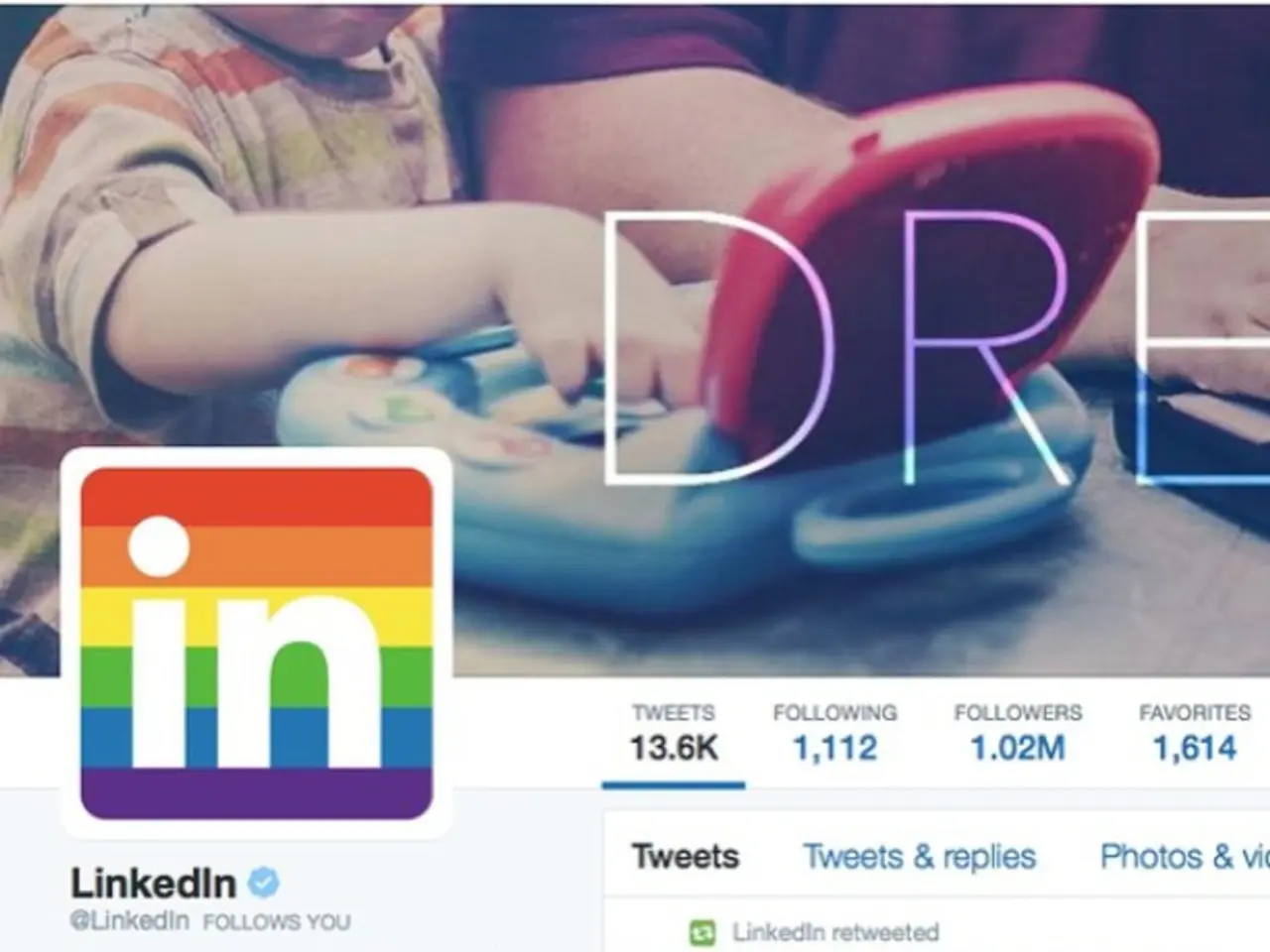Starlink's Impact on Africa's Broadband Landscape
Starlink Transforms Broadband in Sub-Saharan Africa
Starlink, the satellite internet service led by SpaceX, is revolutionizing broadband access in Sub-Saharan Africa. The service is particularly beneficial in regions underserved by traditional terrestrial infrastructure, offering low-latency and high-speed connectivity.
Expanded Access
Starlink has recently launched services in several African countries, including Somalia, Liberia, Chad, Lesotho, South Africa (pending full licensing), Nigeria, Kenya, and Mozambique. By mid-2025, the service aims to cover 25 African markets, focusing on areas where up to 70% of the population lacks reliable broadband access [1][3][4].
Performance
With low Earth orbit (LEO) satellites, Starlink offers broadband speeds in the range of 50–150 Mbps and low latency around 20–40 milliseconds. This supports advanced applications like video streaming, telehealth, and online education that were challenging with older satellite technologies due to high latency [3][4].
Rapid Deployment
Starlink's requirement for only a small satellite dish and line-of-sight sky access enables far quicker coverage deployment in rural and forested regions than traditional fiber-optic or cellular infrastructure [3].
Pricing
While the service offers improved quality and speed, its pricing remains high compared to local alternatives. For example, Somalia's $70 monthly subscription plus a $390 upfront equipment fee is beyond the reach of many consumers [1][4]. This limits affordability and mass adoption.
Regulatory Environment
Regulatory approval is a critical hurdle. While countries like Somalia and Liberia have approved Starlink licenses relatively smoothly, South Africa presents more complex challenges with the Independent Communications Authority of South Africa (ICASA) requiring compliance with licensing and fair competition regulations before full rollout [1][2].
Future Potential
Starlink is projected to significantly reshape connectivity in Africa by serving rural and underserved areas that fiber and mobile masts struggle to reach economically [4]. Analysts forecast Starlink capturing major market share in satellite broadband globally, with expanding enterprise and consumer partnerships driving a potential $300 billion market by 2030 [5].
Upcoming Starlink third-generation satellites launching in 2026 promise improved capacity and possibly lower costs [5]. Additionally, technologies like direct-to-cell (DTC) connectivity could provide 5G-like services in remote areas, further bridging digital divides and challenging traditional terrestrial providers to innovate [5].
By enhancing internet access across isolated regions, Starlink supports economic growth, education, healthcare, and governance initiatives aligned with national digital strategies in countries like Somalia and Liberia [1][3].
Summary
| Factor | Current Status | Future Outlook | |-----------------|-----------------------------------|-----------------------------------| | Broadband Access | Expanded to 25 countries; rural focus | Potential to cover most underserved areas continent-wide | | Performance | Speeds 50–150 Mbps; latency 20–40 ms | Improved capacity with 3rd-gen satellites; DTC 5G capabilities | | Pricing | High: $70/month + $390 hardware in Somalia, comparably costly elsewhere | Potential price reductions with scale and tech advances | | Regulation | Varied: licenses granted in several countries, more complex in South Africa | Regulatory negotiations critical; harmonization needed for widespread rollout | | Deployment | Rapid via dish and LEO satellites | Further rapid scaling possible, supporting remote connectivity |
In conclusion, Starlink currently enhances broadband access and performance across Sub-Saharan Africa. However, high pricing and regulatory challenges constrain broader uptake in some markets. Moving forward, technology improvements and regulatory progress may enable Starlink to fulfill its potential as a transformative internet provider for the region, fostering digital inclusion and socioeconomic development. Affordability, regulation, and reliability will determine if Starlink is a short-term disruption or a long-term solution.
[1] "Starlink Goes Live in Africa: What You Need to Know" (2023, March 22). TechCrunch. https://techcrunch.com/2023/03/22/starlink-goes-live-in-africa-what-you-need-to-know/
[2] "SpaceX's Starlink Faces Regulatory Challenges in South Africa" (2024, March 12). CGTN Africa. https://africa.cgtn.com/2024/03/12/spacexs-starlink-faces-regulatory-challenges-in-south-africa-1z3xj5zc2084918.html
[3] "Starlink in Africa: A Game Changer for Broadband Connectivity?" (2023, April 10). The Conversation. https://theconversation.com/starlink-in-africa-a-game-changer-for-broadband-connectivity-197391
[4] "Starlink's African Launch: What It Means for Connectivity and Development" (2023, June 15). Brookings Institution. https://www.brookings.edu/research/starlinks-african-launch-what-it-means-for-connectivity-and-development/
[5] "Starlink's Potential Impact on the Global Satellite Broadband Market" (2023, November 18). ResearchAndMarkets.com. https://www.researchandmarkets.com/reports/6435976/starlinks-potential-impact-on-the-global
Science and technology are at the heart of Starlink's transformation, with the third-generation satellites launching in 2026 promising improved capacity, possibly lower costs, and potential 5G-like services in remote areas, as seen in the advancements in space-and-astronomy. These developments are expected to have significant implications for finance, as Starlink is forecasted to capture a major share in the global satellite broadband market, worth up to $300 billion by 2030, resulting in increased business opportunities and investments.




